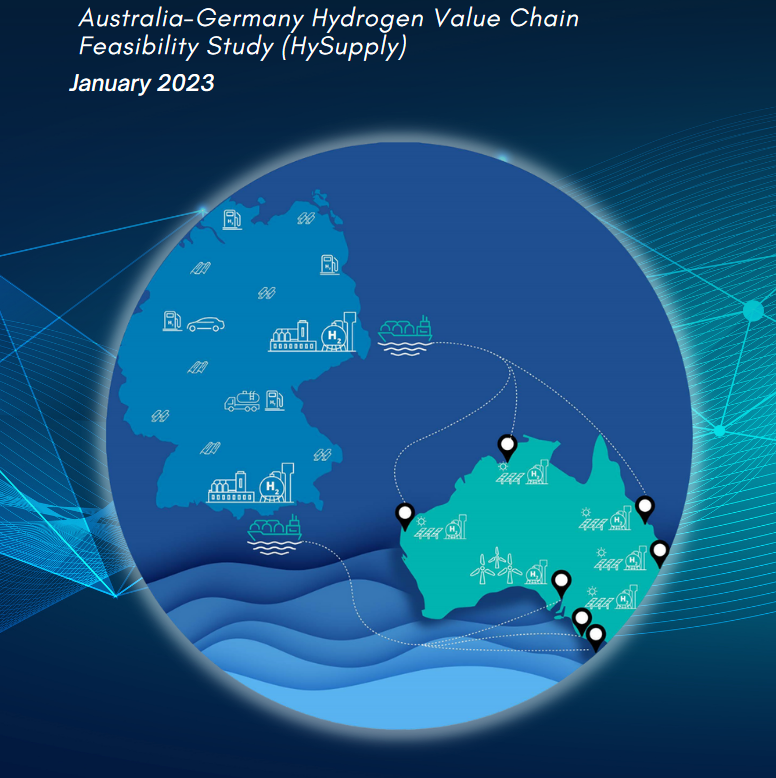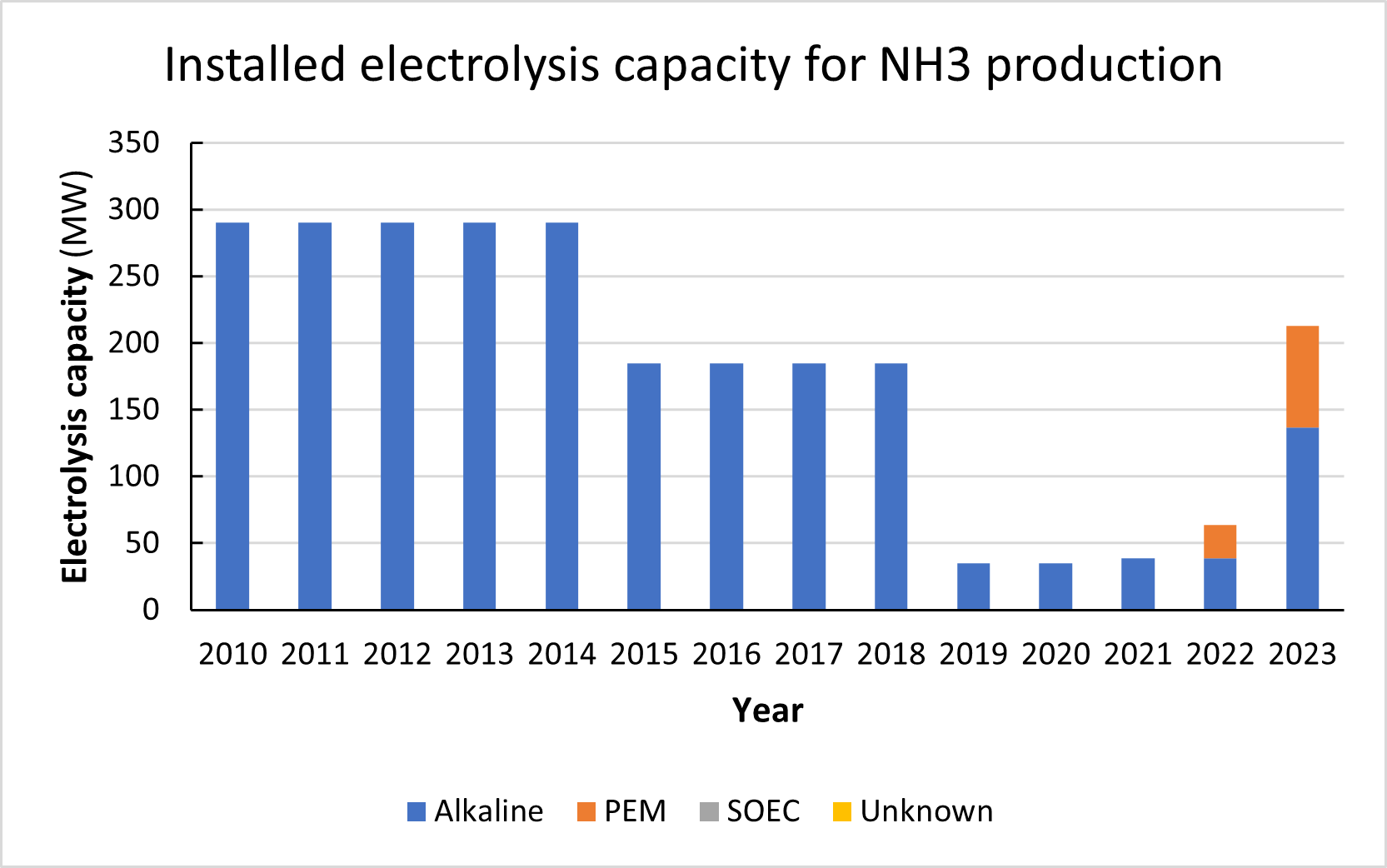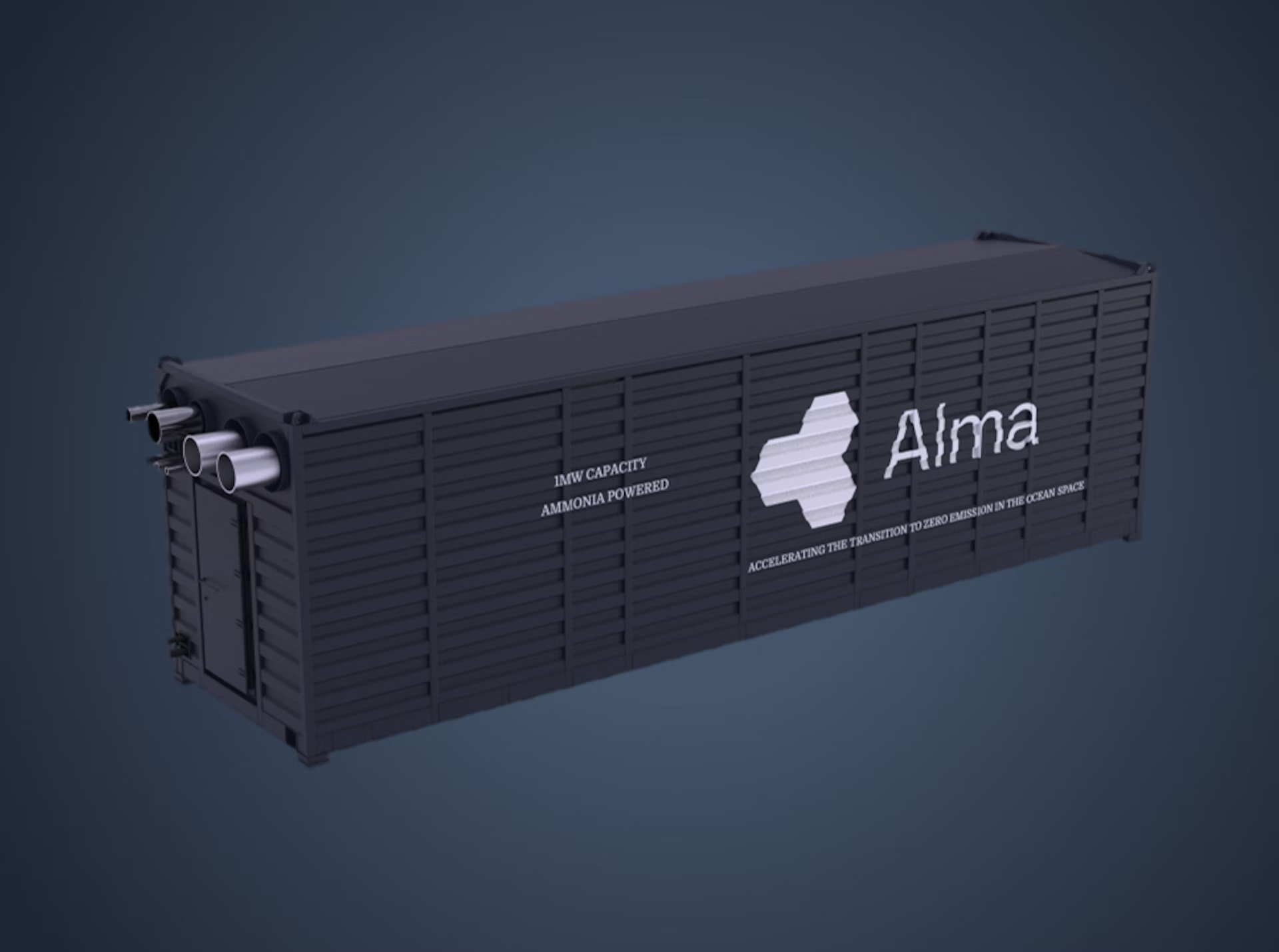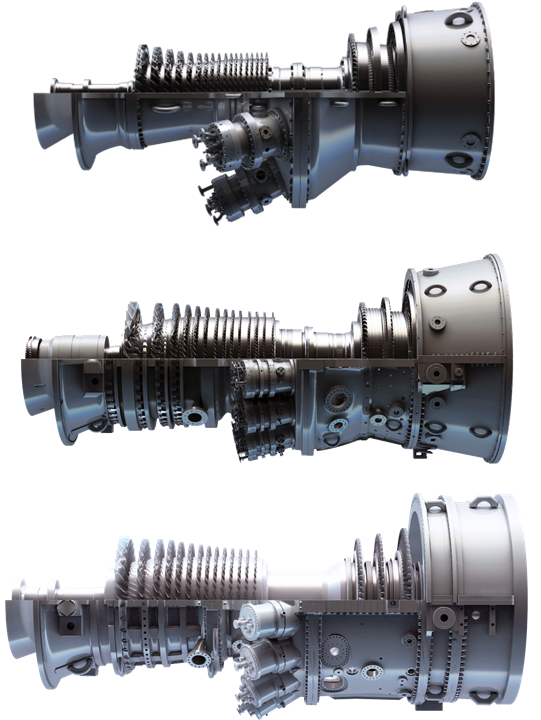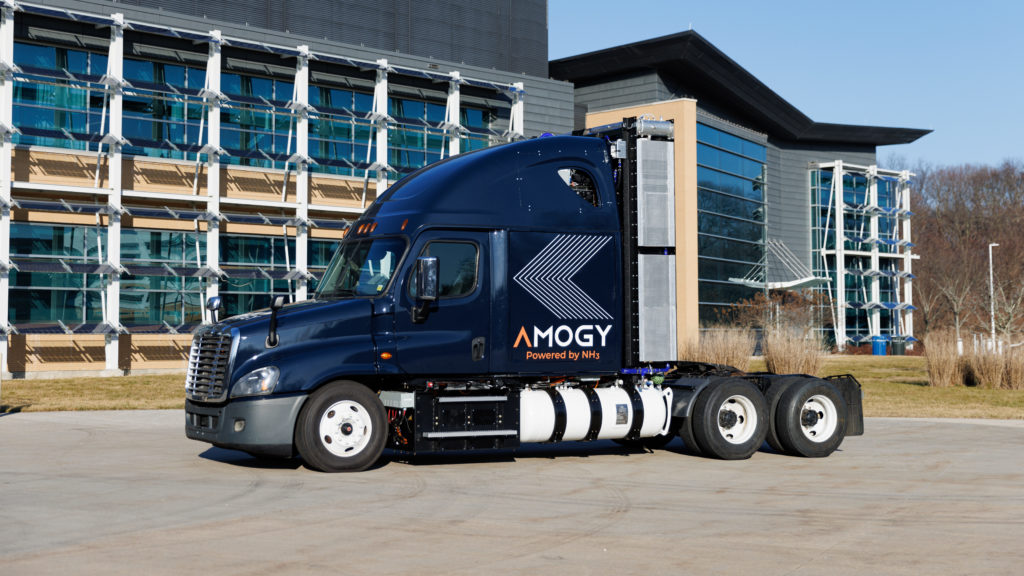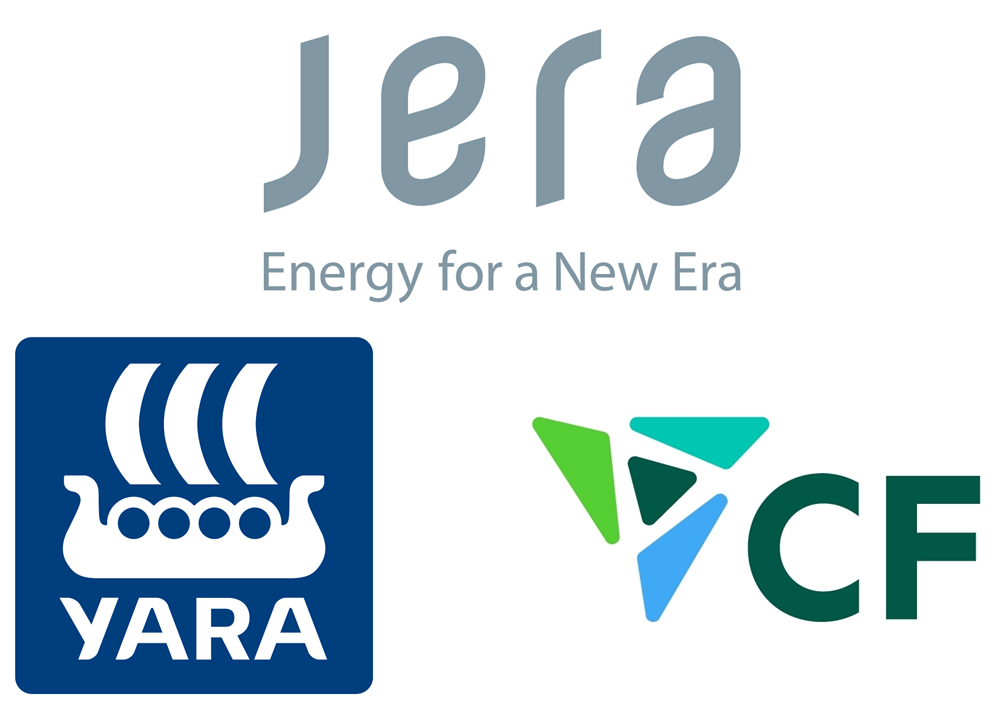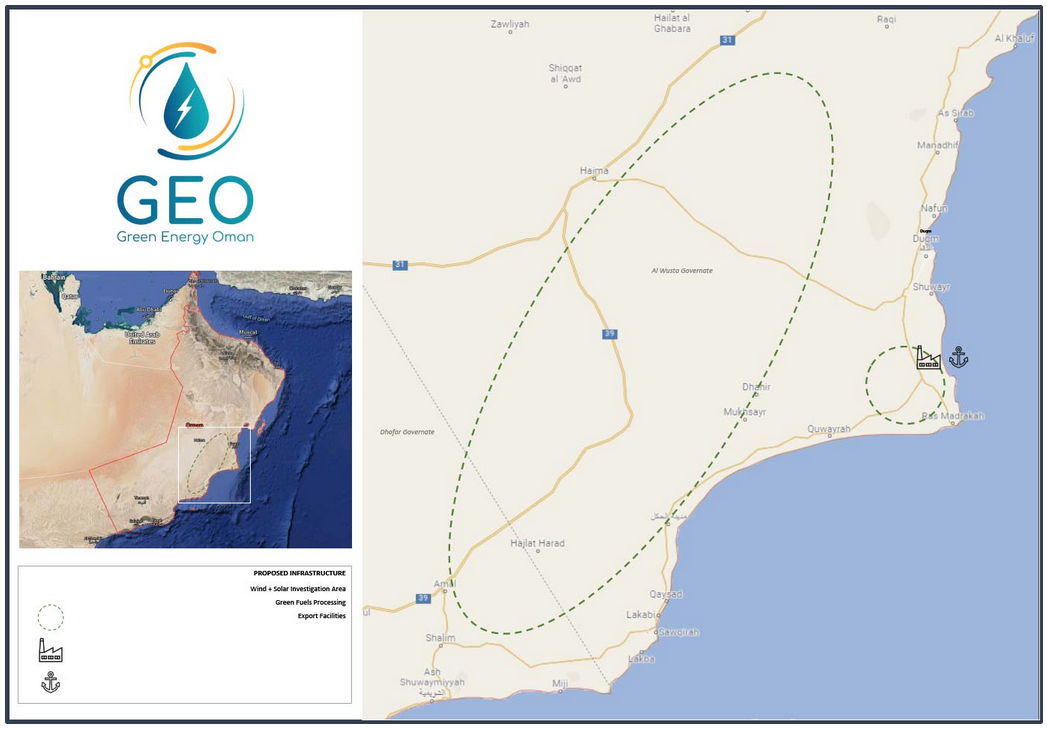New funding for Australian export projects
ATCO Australia’s ScaleH2 ammonia export project in NSW will receive funding from both the Australian and German governments. Feasibility work will begin on the 800,000 tonnes-per-year ammonia plant, also being developed by NSW Powerfuels. The announcement comes as the two-year HySupply project released its final report, and a new government-level MoU was signed to develop an export supply chain from Australia to Rotterdam.
